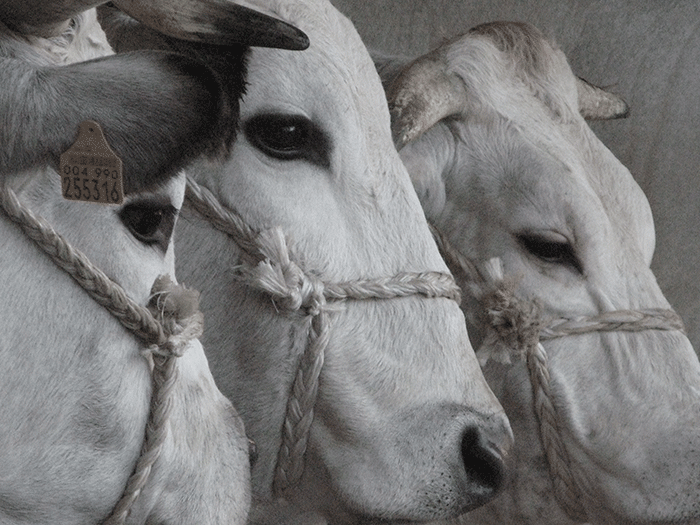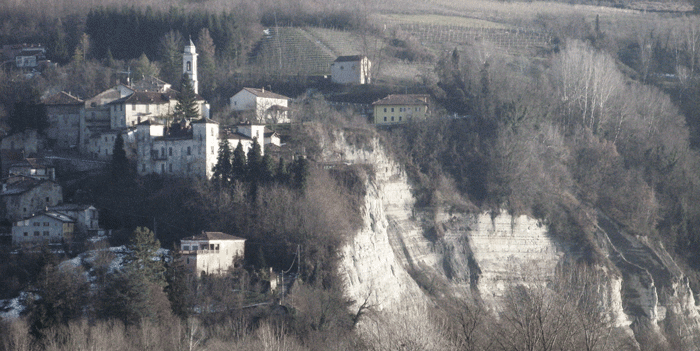Lightweight wines and heavyweight oxen go head to head in Piedmont
Author: David Berry Green
What’s the link between an overweight ox, il bue grasso, celebrated annually by the Piedmontese town of Carrù, and the slender (dare I say lightweight?) Dolcetto wine made by our newest supplier, Donadei-Fabiani of Clavesana? The – somewhat tenuous – answer is that Bartolomeo Gallo, great grandfather of Fabrizio Fabiani the Dolcetto producer, won first prize in the 1924 Bue Grasso event for his ox. When I recently visited his home, I saw the prize-winning ‘shawl’, once proudly slung over the wide girth of the beast (before it became prime cuts), framed on their living room wall.
Each December, tens of thousands of visitors come to gaze at the oxen and eat copious amounts of deliciously warming tripe soup and boiled beef (bolitto), washed down with Dolcetto from the region of Dogliani. Traditionally, the oxen walked all night to the event, paraded majestically along the frosty streets, but the animal welfare lobby put an end to the spectacle. The cattle are now trucked in anonymously (neatly killing off the interest in the oxens’ life and wellbeing simultaneously). However, the event still generates plenty of publicity, with a global auction pitting Carrù’s finest Piedmontese alongside the equally treasured Japanese Kobe cow.
Fabrizio hasn’t continued the family flair for beasts of burden, but he’s a dab-hand at Dolcetto. His 13.5 hectares, co-owned with cousin Andrea Luzi, are stunningly perched on the white cliffs of the 100-hectare Clavesana zone, overlooking the river Tanaro and Carrù (of course) some 20 kilometres southwest from Barolo. The prime vineyards, directly opposite the Maritime Alps at 350 metres above sea level, are sited on limestone soils which are responsible for long, loosely-hung bunches of Dolcetto.
This grape has a long history, dating back to the 13th century when the Marchese of Clavesana (part owner of the Langhe region until the Savoia family took over), returned from the crusades bringing with him the Ormeasco grape, a relative of Dolcetto, which had first been planted in Liguria. Now the delicate Dolcetti of Clavesana are part of the Dogliani DOCG (since vintage 2012), often blended with the more robust Dolcetto of Dogliani itself.
As for the character of the wines, Donadei-Fabiani’s Dolcetto is petal fresh, with the white stone soils and sunny exposition lifting those violet scents, while the palate is ripe with raspberry coulis and crunchy freshness. It really is the essence of Dolcetto – and, whether at the Bue Grasso festival or not – delicious with tripe or boiled beef.
For more, view David’s interview with Fabrizio Fabiani here.




